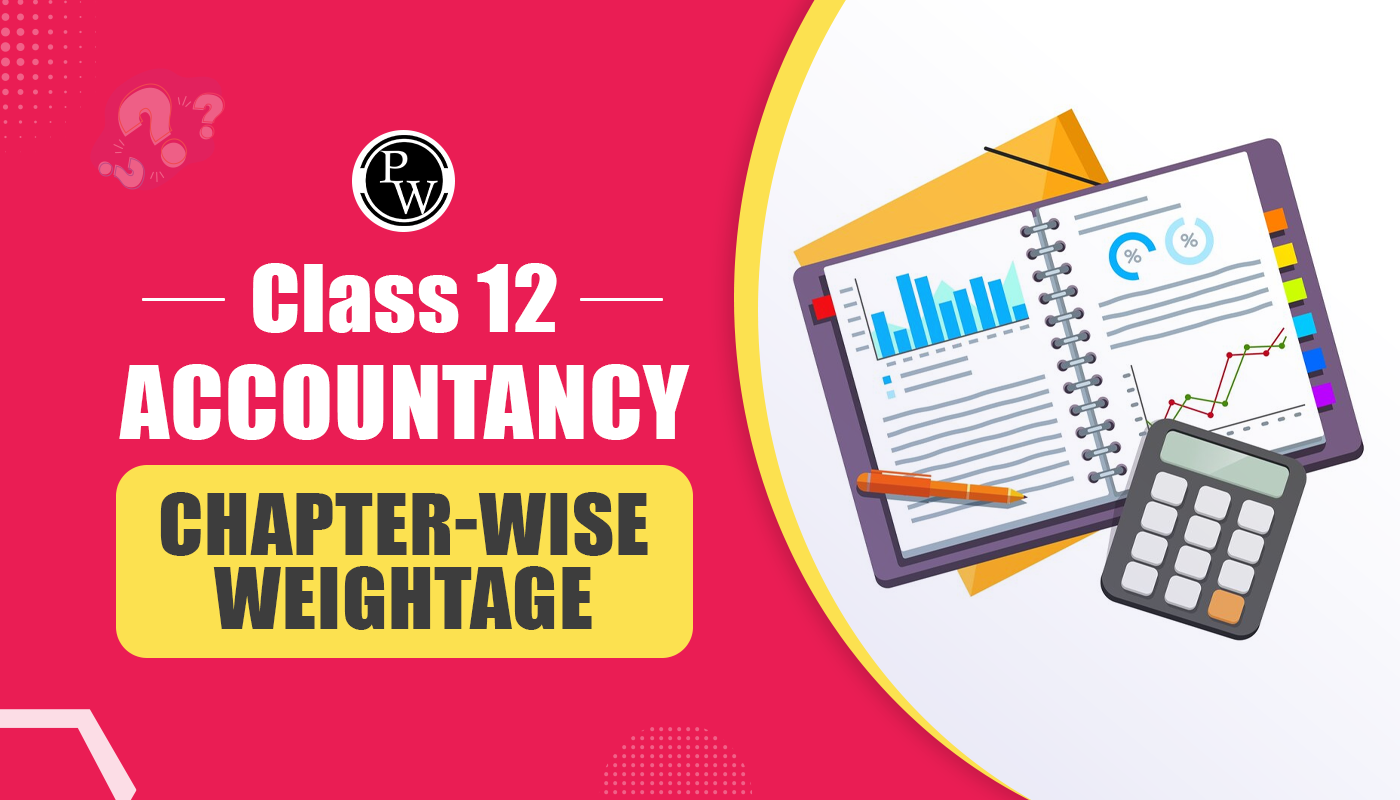
In an era when national debt levels are soaring worldwide, some countries stand out for their exceptional fiscal management and economic stability. These nations, often despite substantial natural resource revenues or stringent economic policies, have managed to maintain minimal or no national debt, reflecting their strong fiscal health. This article explores the countries that are debt free, showcasing how they have achieved such an enviable financial position and what other nations can learn from their strategies.
What is Public Debt?
Public debt is the total amount a government owes to its creditors, primarily to fund development projects and public interest obligations. In public finance, it is also known as government debt, national debt, or sovereign debt. Public debt can include debts owed to domestic lenders within countries that are Debt Free and foreign creditors, known as external debt. Governments issue government bonds and bills to raise public debt. Public debt includes all previous deficits accumulated over time. To analyse public debt, it is common to consider the repayment period. Debt can be classified into short-term, medium-term, or long-term categories based on the duration until repayment is due. Short-term debt typically matures in one year or less, medium-term debt in two to ten years, and long-term debt extends over ten years or more.Debt to GDP Ratio
The debt-to-GDP ratio is a financial metric comparing a debt-free country's total government debt to its gross domestic product (GDP). It assesses a country's ability to pay back its debt. The formula for calculating the Debt-to-GDP ratio is: Debt-to-GDP Ratio = (GDP Total Government Debt)×100 A higher debt-to-GDP ratio indicates that a country has more debt relative to its economic output, which can raise concerns about its fiscal sustainability and ability to manage its debt obligations. Governments and economists monitor this ratio closely to assess a country's economic health and stability.High Debt-to-GDP ratio
A high debt-to-GDP ratio is often a warning sign for an economy. This ratio indicates the proportion of a debt free countries total government debt relative to its gross domestic product (GDP). Here's why a high Debt-to-GDP ratio is considered concerning:- Risk of Default : A high ratio suggests that a significant portion of the debt free countries economic output is used to repay debt. If the debt becomes unmanageable, the government may default on its obligations, impacting investor confidence and overall economic stability.
- Limited Fiscal Space : High debt levels limit the government's ability to respond to economic shocks or crises. They also reduce fiscal flexibility to implement stimulus measures or invest in public infrastructure, potentially hindering long-term growth prospects.
- Higher Interest Payments : Governments with high debt-to-GDP ratios often spend a larger share of their budget on interest payments, reducing funds available for essential services such as healthcare, education, and infrastructure development.
- Potential for Economic Instability : Excessive debt can lead to higher borrowing costs, inflationary pressures, and currency depreciation, which can destabilise the economy and lead to financial crises.
| Also Read | |
| National Income Formula | GDP (Gross Domestic Product), Meaning, Significance, Examples |
| GDP Formula Guide and Examples | Difference Between GDP and GNP |
Reasons for Countries That are Debt Free
Here are some reasons why a debt free countries might have a low national debt:- High GDP: Countries with a large economy may be able to afford a higher level of debt without it becoming a burden.
- Resource Wealth: Countries with abundant natural resources, such as oil or gas, may have a lower debt ratio because they have a steady income stream.
- Strong Fiscal Policy: Countries with a history of responsible fiscal management may be more likely to have a low debt ratio.
- Limited Investment: Governments may be less willing to borrow money to invest in infrastructure or social programs if they are concerned about keeping their debt levels low.
- Economic Slowdown: During an economic slowdown, governments may be limited in stimulating the economy through borrowing.
Highest Countries That are Debt Free
The countries with the highest debts in the world have varying economic conditions and policies that contribute to their significant debt-to-GDP ratios. These ratios indicate the proportion of a country's debt compared to its Gross Domestic Product (GDP), reflecting its financial obligations relative to their economic output. Here is a list of countries with the highest debt-to-GDP ratios:| Country | Debt to GDP Ratio |
| Venezuela | 350% |
| Japan | 266% |
| Sudan | 259% |
| Greece | 206% |
| Italy | 156% |
| United States of America | 127% |
| France | 123% |
| United Kingdom | 119% |
Lowest Countries That are Debt Free
Countries with the lowest national debt have managed to maintain a strong fiscal position, often due to robust economic policies, significant natural resource revenues, or relatively low levels of government spending. These countries exhibit a low debt-to-GDP ratio, indicating their national debt is minimal compared to their economic output. Here is a list of countries with the lowest debt-to-GDP ratios:| Country | Debt to GDP Ratio |
| Brunei | 3.2% |
| Afghanistan | 7.8% |
| Kuwait | 11.5% |
| Democratic Republic of Congo | 15.2% |
| Eswatini | 15.5% |
| Palestine | 16.4% |
| Russia | 17.8% |
| Botswana | 18.2% |
Begin your journey towards academic excellence in Commerce with our comprehensive Class 11 Commerce courses . Master the CBSE syllabus with expert guidance and ace your exams. Enroll now!”
Dishonour of Bill FAQs
Which countries are considered debt free?
While completely debt-free countries are rare, some nations maintain exceptionally low debt-to-GDP ratios. Examples include Brunei, Afghanistan, and Kuwait, among others.
How do countries become debt free?
Countries can achieve debt-free status through various means, including strong economic policies, high revenues from natural resources, disciplined government spending, and efficient tax collection systems.
Is it realistic for heavily indebted countries to become debt free?
While it may be challenging for heavily indebted countries to become completely debt-free, they can still work towards reducing their debt levels by implementing sound economic policies, increasing revenue, and controlling spending.
Talk to a counsellorHave doubts? Our support team will be happy to assist you!

Free Learning Resources
PW Books
Notes (Class 10-12)
PW Study Materials
Notes (Class 6-9)
Ncert Solutions
Govt Exams
Class 6th to 12th Online Courses
Govt Job Exams Courses
UPSC Coaching
Defence Exam Coaching
Gate Exam Coaching
Other Exams
Know about Physics Wallah
Physics Wallah is an Indian edtech platform that provides accessible & comprehensive learning experiences to students from Class 6th to postgraduate level. We also provide extensive NCERT solutions, sample paper, NEET, JEE Mains, BITSAT previous year papers & more such resources to students. Physics Wallah also caters to over 3.5 million registered students and over 78 lakh+ Youtube subscribers with 4.8 rating on its app.
We Stand Out because
We provide students with intensive courses with India’s qualified & experienced faculties & mentors. PW strives to make the learning experience comprehensive and accessible for students of all sections of society. We believe in empowering every single student who couldn't dream of a good career in engineering and medical field earlier.
Our Key Focus Areas
Physics Wallah's main focus is to make the learning experience as economical as possible for all students. With our affordable courses like Lakshya, Udaan and Arjuna and many others, we have been able to provide a platform for lakhs of aspirants. From providing Chemistry, Maths, Physics formula to giving e-books of eminent authors like RD Sharma, RS Aggarwal and Lakhmir Singh, PW focuses on every single student's need for preparation.
What Makes Us Different
Physics Wallah strives to develop a comprehensive pedagogical structure for students, where they get a state-of-the-art learning experience with study material and resources. Apart from catering students preparing for JEE Mains and NEET, PW also provides study material for each state board like Uttar Pradesh, Bihar, and others
Copyright © 2025 Physicswallah Limited All rights reserved.
Get App









